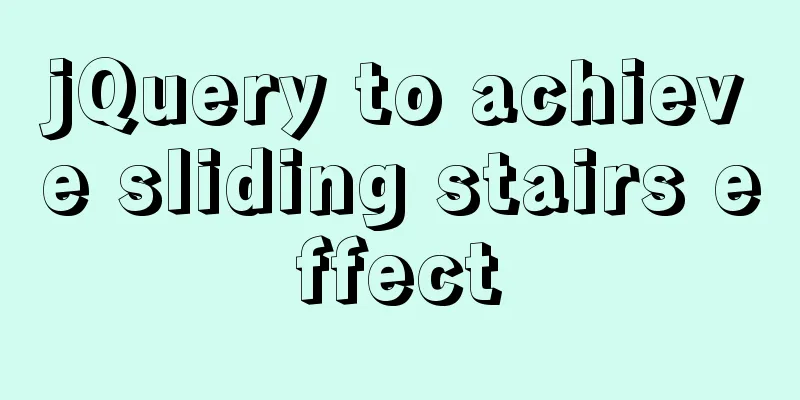Define your own ajax function using JavaScript

|
Since the network requests initiated by native js are submitted to the server in the form of query strings, it is more convenient for users to submit parameters in the form of objects, so it is necessary to process the parameter objects passed by the user, define the resolveData function, set the formal parameters to receive the parameters, traverse the objects inside, concatenate the keys and values using the = method, and then add the obtained values to the empty array; finally, use the & symbol to split each item of the array and return it; define the itheima function, set the formal parameters to receive the configuration object parameters passed by the user, create an xhr object, pass the passed parameters to the function that processes the parameters, and give the returned value to a variable. Since they are different requests, judgments must be made. First, it is a GET request to determine whether the method in the parameters is all equal to GET. Since the passed parameters may be lowercase, they are converted to uppercase through the toUpperCase method. If the condition is met, call the open method, fill in the corresponding values, and call the send function; POST is the same, except that the submitted data has more parameters and the POST request requires the "Content-Type" header to specify the MIME type of the request subject. Finally, call the listening event;
function resolveData(data) {
var arr = [];
for (var k in data) {
var str = k + "=" + data[k];
arr.push(str)
}
return arr.join("&")
}
function itheima(options) {
var xhr = new XMLHttpRequest();
var qs = resolveData(options.data);
if (options.method.toUpperCase() === "GET") {
xhr.open(options.method, options.url + "?" + qs);
xhr.send();
} else if(options.method.toUpperCase() === "POST"){
xhr.open(options.method, options.url)
xhr.setRequestHeader("Content-Type","application/x-www-form-urlencoded")
xhr.send(qs)
}
xhr.onreadystatechange = function () {
if (xhr.readyState === 4 && xhr.status === 200) {
var result = JSON.parse(xhr.responseText)
options.success(result);
}
}
}Finally, test whether it is successful~
<!DOCTYPE html>
<html lang="en">
<head>
<meta charset="UTF-8">
<meta http-equiv="X-UA-Compatible" content="IE=edge">
<meta name="viewport" content="width=device-width, initial-scale=1.0">
<title>Test interface</title>
<script src="itheima.js"></script>
</head>
<body>
<script>
itheima({
method:"GET",
url:"http://www.liulongbin.top:3006/api/getbooks",
data:{
id:1
},
success:function(res){
console.log(res);
}
});
</script>
</body>
</html>
SummarizeThis article ends here. I hope it can be helpful to you. I also hope you can pay more attention to more content on 123WORDPRESS.COM! You may also be interested in:
|
<<: Flex layout makes adaptive pages (syntax and examples)
>>: The difference between html, xhtml and xml
Recommend
Simply learn various SQL joins
The SQL JOIN clause is used to join rows from two...
Example of using Nginx to implement port forwarding TCP proxy
Table of contents Demand Background Why use Nginx...
Simple principles for web page layout design
This article summarizes some simple principles of...
How to manage docker through UI
Docker is being used in more and more scenarios. ...
An article to teach you HTML
If you are not committed to becoming an artist, t...
Summary of 3 ways to lazy load vue-router
Not using lazy loading import Vue from 'vue&#...
Use PS to create an xhtml+css website homepage in two minutes
There are too many articles about xhtml+css websi...
Detailed explanation of the reasons and optimizations for the large offset affecting performance during MySQL query
Preface MySQL query uses the select command, and ...
HTML table tag tutorial (7): background color attribute BGCOLOR
The background color of the table can be set thro...
JavaScript to implement a simple web calculator
background Since I was assigned to a new project ...
The use of FrameLayout in six layouts
Preface In the last issue, we explained LinearLay...
Summary of some practical little magic in Vue practice
How can you forget lazy loading of routes that al...
vue+element-ui implements the head navigation bar component
This article shares the specific code of vue+elem...
Docker image import and export code examples
Import and export of Docker images This article i...
MySQL export of entire or single table data
Export a single table mysqldump -u user -p dbname...










